* * * *
October 22, 2022 – In the last post, “Some highlights,” I noted what was to me the highlight of my recent 140-mile hike on the Way of St Francis. (From Assisi down to Vatican City and St. Peter’s Basilica.)
It came on the first day’s hike out of Assisi, on September 1, 2022. That first morning we reached Eremo delle Carceri. That was after getting through the city and hiking 3.2 miles for an hour and a half, just in time to see the day’s foreboding weather forecast come true. That forecast was for thunderstorms and a lot of really heavy rain. But before I get into the highlight of the 15-day hike – a highlight involving lots of cute jungen Frau – here’s some background.
Eremo delle Carceri is a hermitage complex on Monte Subasio, in Umbria, central Italy. The name “Carceri” comes from the Latin carceres, meaning “isolated places” or “prisons.” Which is basically what religious hermits like Francis wanted, a place to shut themselves away from all the crap going on in the outside world. Which I can understand, at this time just before the election of November 2022, with all those hateful, negative political ads. (Although in Francis’ case he gave a reason that sounded better,* to wit: A place to pray and contemplate.)
Around 2015 – 10 years after he first went there – the Order of St. Benedict gave him the site and its few buildings. Francis then “dedicated himself to a life of preaching and missions, but throughout his life he would frequently withdraw to the Carceri to pray.” And near the site of the hermitage is a stone bridge and an ancient oak. That’s where – according to legend – “Saint Francis preached to the birds as they perched in the oak’s branches.”
* * * *
Anyway, we three hikers had toured the site and visited the “facilities,” then gone to the concession stand near the entrance of this isolated hermitage. It was still early, but as it turns out, the Way of St. Francis features very few places to stop for lunch or mid-day break of any kind. So we took advantage of the situation and settled down with our sandwiches and drinks under one of the few umbrella-covered tables, in peaceful isolation. That’s when the heavy rains hit.
In a “New York minute” the heavy rain had overwhelmed the umbrellas, so we scooted over to the limited overhang of the concession building itself. And were soon joined by a horde of other visitors, all jostling and crowding in, with one tall gent positioning himself perfectly in front of me so the rain that fell on him came cascading down on me. (Okay, it wasn’t really “cascading,” but it was annoying.) I scootched around to a better position, cursing my luck, when all of a sudden we were joined by a flock of young high school ladies, apparently out on a field trip.
In other words, we three hikers thought ahead and found a good spot, sheltering beneath the two-foot-wide eaves, but then all the other pushing-and-jockeying-for-position visitors included a host of young ladies, all speaking German and all part of some field-trip group.
[T]hose pushing-and-jockeying-for-position visitors included a host of young ladies, all speaking German and all part of some field-trip group. The rain kept up for quite a while, but somehow the presence of all those jungen Frau – together with the challenging linguistic exercise of trying to figure out what they were talking about – made the situation enjoyable.
To which I can only add, “I’m just old, I’m not dead!”
* * * *
Anyway, in getting ready to write this blog, I thought it might be nice to compare this last Camino hike with the first one, back in September 2017. Kind of an Alpha-and-Omega thing. Or a compare-and-contrast thing. I covered that first 2017 pilgrimage in three posts: From October 3, 2017, “Hola! Buen Camino!” Then from October 23, 2017, “Hola! Buen Camino!” – Revisited. And finally, after my brother and hiking partner thought I was too negative in the first two posts, on December 6, 2017 I added “Buen Camino!” – The Good Parts:
Some people reading “Hola! Buen Camino” might think I had a lousy time in my five weeks hiking the Camino de Santiago in Spain… {T]here was my comment on the first 10 days – after starting in Pamplona – being “pretty miserable. My left foot constantly throbbed, until it blistered up and got tough.” And that it took about 10 days for that to happen.
Which brings up some big differences between that 2017 hike and this last one. For one thing, I didn’t have near as many problems with my feet on subsequent hikes, especially the last two. (In 2021 and 2022.) My feet still got a bit sore at the end of each day, but not as bad as back in 2017. Routinely I would end the day back then by laying down on the hostel bed, laying my pack at the end of the bed and propping my feet up on it, then telling my brother, “You go ahead and take a shower. Take all the time you want!“
For another, after leaving Pamplona in 2017 we hiked for 30 days, with only two days off: After 10 days a break in Burgos, and in another 10 days a break in Leon. That’s where we had to stop hiking and rent mountain bikes. We were running out of time, even though we’d tried to hike the 15 miles a day recommended by the Brierly Pilgrim’s Guide to the Camino de Santiago.
That experience led us to lighten up a bit. In the new normal we try to average 10 miles a day, depending on stopping places being available. (Sometimes we hiked six miles and sometimes 12 or 13 miles, but the average was ten miles.) And we take a day off every four days or so. (We are “getting up there,” with me at 71 YOA.) And about those mountain bikes. I thought they’d be a welcome break from hiking and sore feet, but the result was just different parts of the body getting way sore. Not to mention one time I rode off into a deep ditch, covered with brambles on both sides and the bottom. But we did end up making better time on that last third of the trip.
Other differences: The trail on the Camino in Spain was much better marked, and featured a lot more choices in places to stop for the night. One place even had a beer machine in the hall, and then there was the one place that featured pour-your-own and all-you-can-drink wine:
…at the end of the first day’s hike we stayed at the Albergue Jakue, in Puente la Reina. That was September 13, [2017,] when we made 15 miles but didn’t reach the albergue until about 8:00 p.m. The good part: “They had a $13 dinner special, which included wine. I GOT MY MONEY’S WORTH!” To explain: The wine came in a serve-your-own set of three spigots, not unlike those for draft beer. (Except for the privilege of “pouring your own.”)
But alas, when we went through again in 2021, those pour-your-own wine spigots were gone. (Because of COVID.) That’s the trip where I hiked over the Pyrenees … finally, and that was because I wimped out in 2017. My brother hiked over those steep mountains from St. Jean Pied de Port, but I chose to avoid that and meet him in Pamplona.
In other words I eventually got to cross hiking over the Pyrenees off my Bucket List.
* * * *
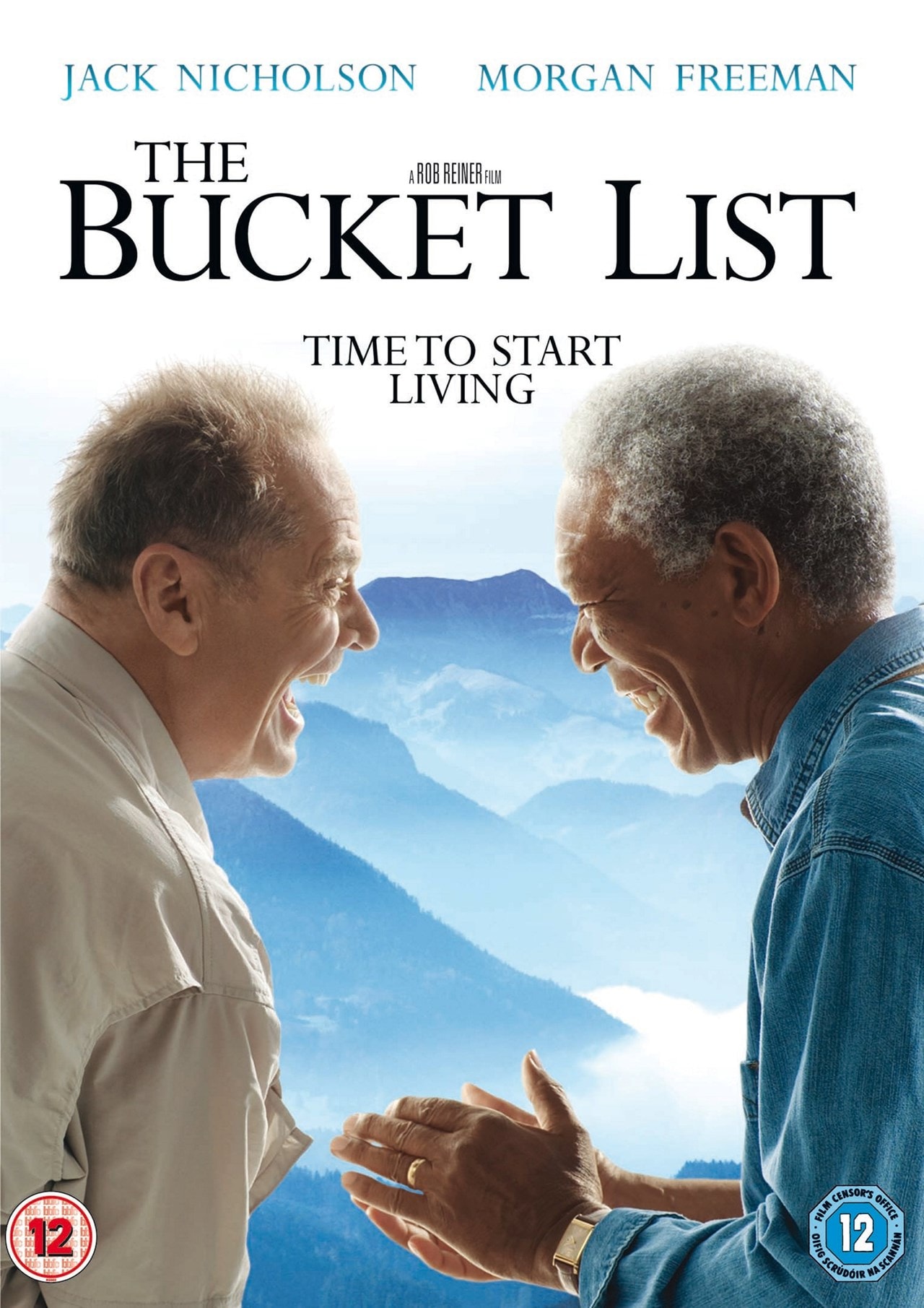
* * * *
The original post had an upper image courtesy of St. Francis Of Assisi Preaching Birds Image – Image Results, with the added note, “original artwork by Henry Stacy Marks RA.”
Re: Eremo delle Carceri. Here’s a more complete review, gleaned from the Wikipedia article. In the 13th century, Saint Francis would often come to this place there to pray and contemplate, like other hermits before him. Soon other men followed him to the mountain, finding their own isolated caves nearby. The oratory became known as Santa Maria delle Carceri after the small “prisons” occupied by friars in the area. The site was probably given by the Benedictines to St. Francis in 1215, at the same time they gave him the Porziuncola in the valley below. Francis dedicated himself to a life of preaching and missions, but throughout his life he would frequently withdraw to the Carceri to pray. Around 1400, Saint Bernardino of Siena built a small friary and extended the earlier chapel by building a small church, which was also named Santa Maria delle Carceri. In the centuries that followed, various buildings were added around St. Francis’ cave and the original oratory, forming the sizable complex that exists today. Today some Franciscan friars live there and visitors are welcome.
“Reason that sounded better.” Dale Carnegie once said there are two reasons to justify any action: The real reason and the one that sounds good.
“Hola! Buen Camino!” That’s a phrase you heard a lot from fellow pilgrims hiking the Camino de Santiago. It got on your nerves after awhile, and especially on my brother’s nerves. It got so bad he eventually took to taking long detours…
Re: Wimping out in 2017. The year before, in 2016, we had hiked the Chilkoot Trail, “meanest 33 miles in history.” See Remembering the “Chilkoot &^%$# Trail!,” and links therein. That experience soured the idea of mountain hiking for me, at least up to and through 2017.
The lower image is courtesy of Bucket List Image – Image Results. The link adds that it was first used by people facing imminent death, but recently just means “a list of things that I would like to do someday.” The phrase came into wider use after the December 2007 release of the self-styled movie.
* * * *






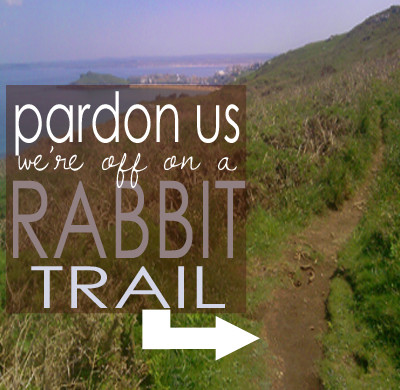


 So here it is, one post on “(some of) the music of my life.” (And maybe “the importance thereof.”)
So here it is, one post on “(some of) the music of my life.” (And maybe “the importance thereof.”)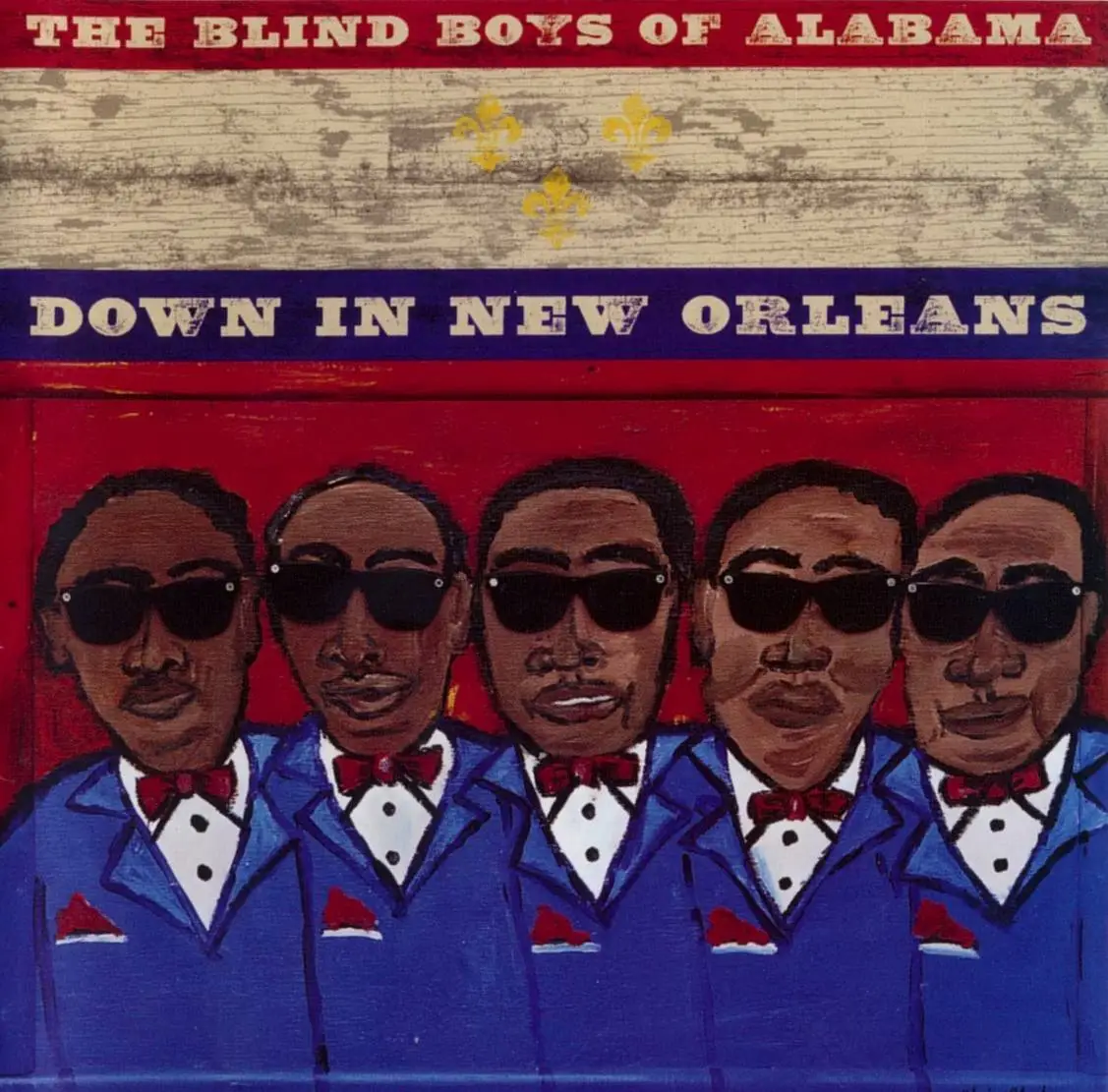 Anyway, another group I like – and that few people seem to know – is (are?)
Anyway, another group I like – and that few people seem to know – is (are?) 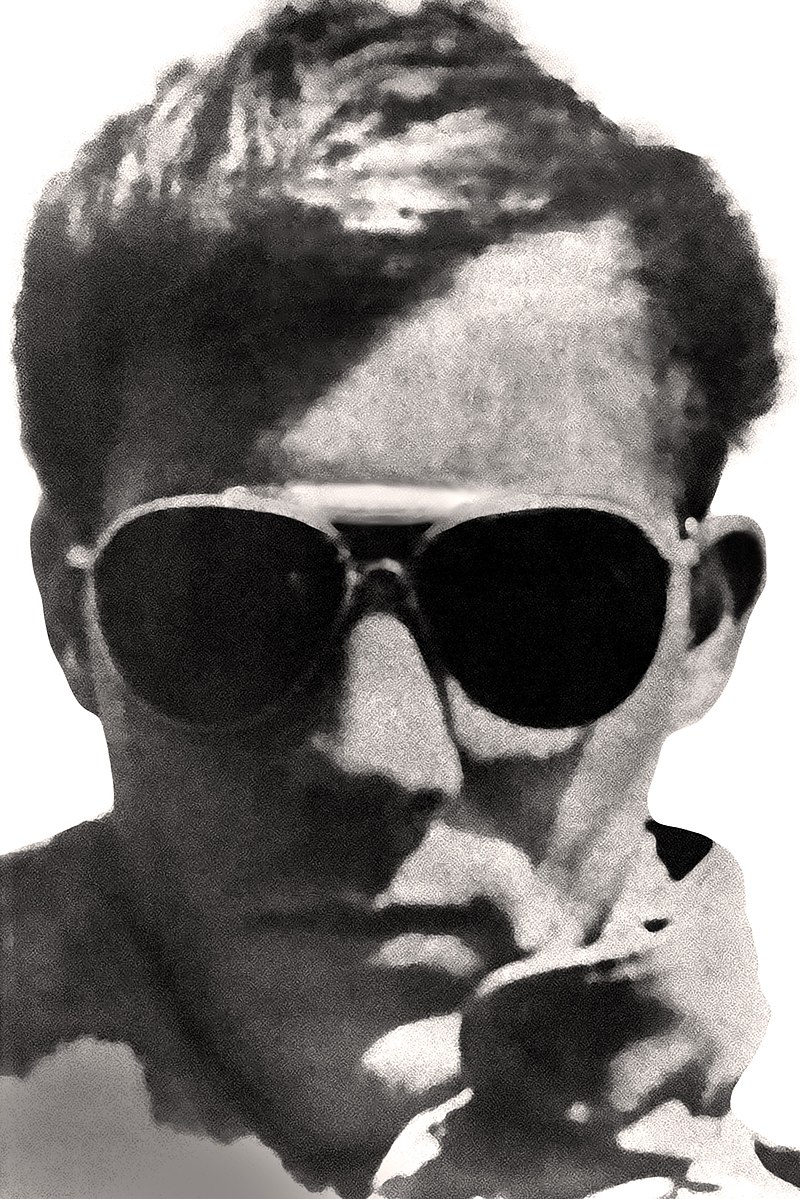

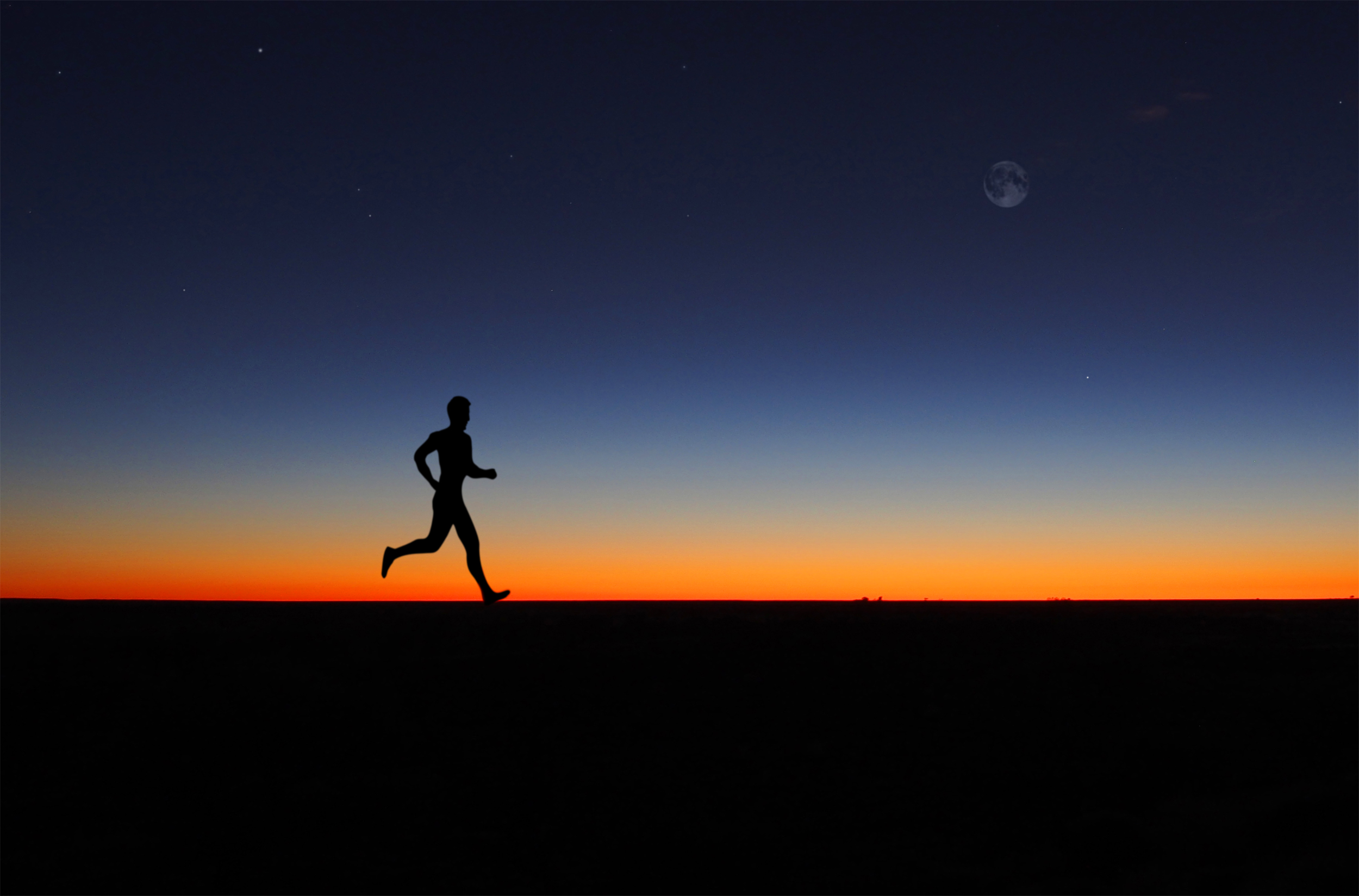
 But first a word about “maybe” living to 141. My ancestor William Bradford – who came over on the
But first a word about “maybe” living to 141. My ancestor William Bradford – who came over on the  I got enough of Number Six –
I got enough of Number Six – 
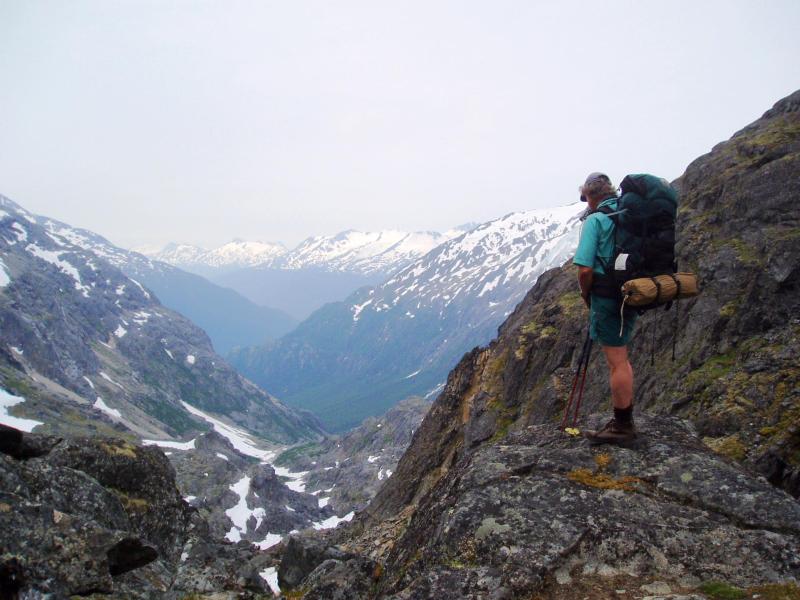 Last year at this time [June 2016] I was training for a four-day “hike” on the
Last year at this time [June 2016] I was training for a four-day “hike” on the  Which brings up the fact that before the Covid struck, I’d hoped – this next September, 2020 – to go back overseas. Back to either Israel or Spain, for yet another
Which brings up the fact that before the Covid struck, I’d hoped – this next September, 2020 – to go back overseas. Back to either Israel or Spain, for yet another  Which is why it wasn’t really surprising “when my right handlebar took out – smashed the heck out of – the side-view mirror of some poor slob’s nice new car,” heading out of Leon. And in a second mishap I literally “ran my ass into a ditch.” (See
Which is why it wasn’t really surprising “when my right handlebar took out – smashed the heck out of – the side-view mirror of some poor slob’s nice new car,” heading out of Leon. And in a second mishap I literally “ran my ass into a ditch.” (See 